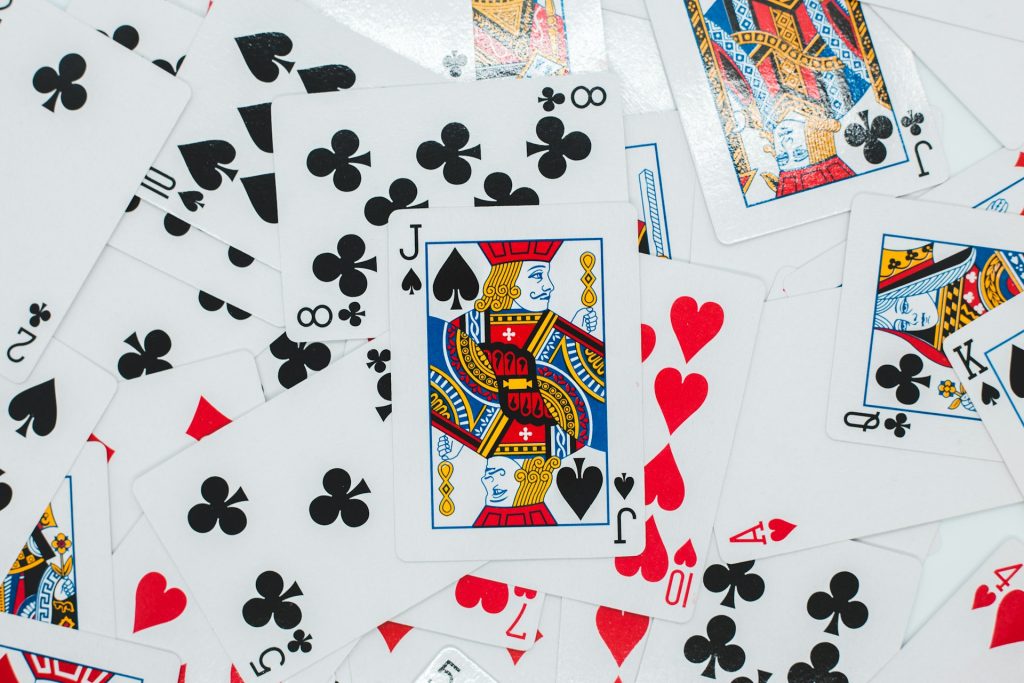Face cards are an iconic feature of standard playing card decks, adding intrigue and excitement to games of all kinds. But exactly how many face cards are in a deck, and what purpose do they serve? In this article, we’ll delve into the world of face cards, exploring their significance and shedding light on their role in a deck of cards.
Introducing Face Cards: What Are They?
Face cards, also known as court cards, are a subset of playing cards that feature illustrated representations of royal figures. In a standard deck of 52 playing cards, there are typically three face cards in each of the four suits: hearts, diamonds, clubs, and spades. These face cards include the king, queen, and jack, each adorned with intricate designs and symbols.
Counting the Faces: How Many Face Cards Are There in Total?
To determine the total number of face cards in a standard deck, we multiply the number of face cards in each suit (three) by the number of suits (four). This calculation yields a total of 12 face cards in a deck, consisting of four kings, four queens, and four jacks. These face cards add depth and complexity to card games, often serving as high-value cards with special abilities or privileges.
The Role of Face Cards in Card Games
In addition to their hierarchical ranking, face cards also often possess special abilities or privileges in card games. For example, in many variations of poker, such as Texas Hold’em, face cards can serve as wild cards, allowing players to substitute them for any other card to create winning combinations. This flexibility adds an extra layer of complexity to the game, as players must weigh the potential value of their face cards and decide when to play them strategically.
Furthermore, face cards often carry cultural and symbolic significance in card games, with each card representing a distinct archetype or personality. The king is commonly associated with authority, leadership, and power, while the queen symbolizes elegance, grace, and wisdom. The jack, on the other hand, is often portrayed as a youthful and adventurous figure, embodying traits of daring and wit. These symbolic associations can inform players’ perceptions and strategies during gameplay, adding depth and immersion to the gaming experience.
Overall, face cards are not merely decorative elements of a deck; they are integral components that drive strategy, excitement, and narrative in card games. Their diverse roles and rich symbolism contribute to the enduring popularity of card games and ensure that face cards remain cherished symbols of gaming culture.
Symbolism and Design: Exploring the Artistry of Face Cards
The artistic design of face cards adds an extra layer of allure to these iconic playing card characters. Crafted with meticulous attention to detail, each face card is a miniature work of art, showcasing the talent and creativity of the designers who brought them to life.
The regal attire of the king and queen, often adorned with ornate robes, crowns, and scepters, exudes an aura of majesty and nobility. These symbols of power and authority are reminiscent of monarchs from centuries past, evoking a sense of grandeur and prestige.
In contrast, the jack is often depicted in more dynamic and playful poses, reflecting his status as a youthful and adventurous character. Whether brandishing a sword, riding a horse, or engaging in a game of jest, the jack embodies a spirit of daring and mischief that adds a touch of excitement to the card deck.
Beyond their visual appeal, the designs of face cards also carry symbolic significance, drawing on cultural motifs and archetypal imagery. The intricate patterns and motifs adorning the cards may be inspired by historical art styles, religious iconography, or mythological themes, imbuing each card with layers of meaning and depth.
For collectors and enthusiasts, face cards hold a special allure, offering a glimpse into the rich tapestry of human creativity and expression. Whether displayed as part of a curated collection or used in gameplay, these miniature masterpieces continue to captivate and inspire players and collectors alike, ensuring that the artistry of face cards remains an enduring and cherished aspect of playing card culture.
Appreciating the Role of Face Cards in Card Games
In conclusion, face cards are an essential component of standard playing card decks, adding depth, strategy, and visual appeal to card games of all kinds. With their iconic designs and cultural significance, face cards continue to captivate players and enthusiasts around the world, ensuring that they remain a timeless and cherished feature of card games for generations to come.

